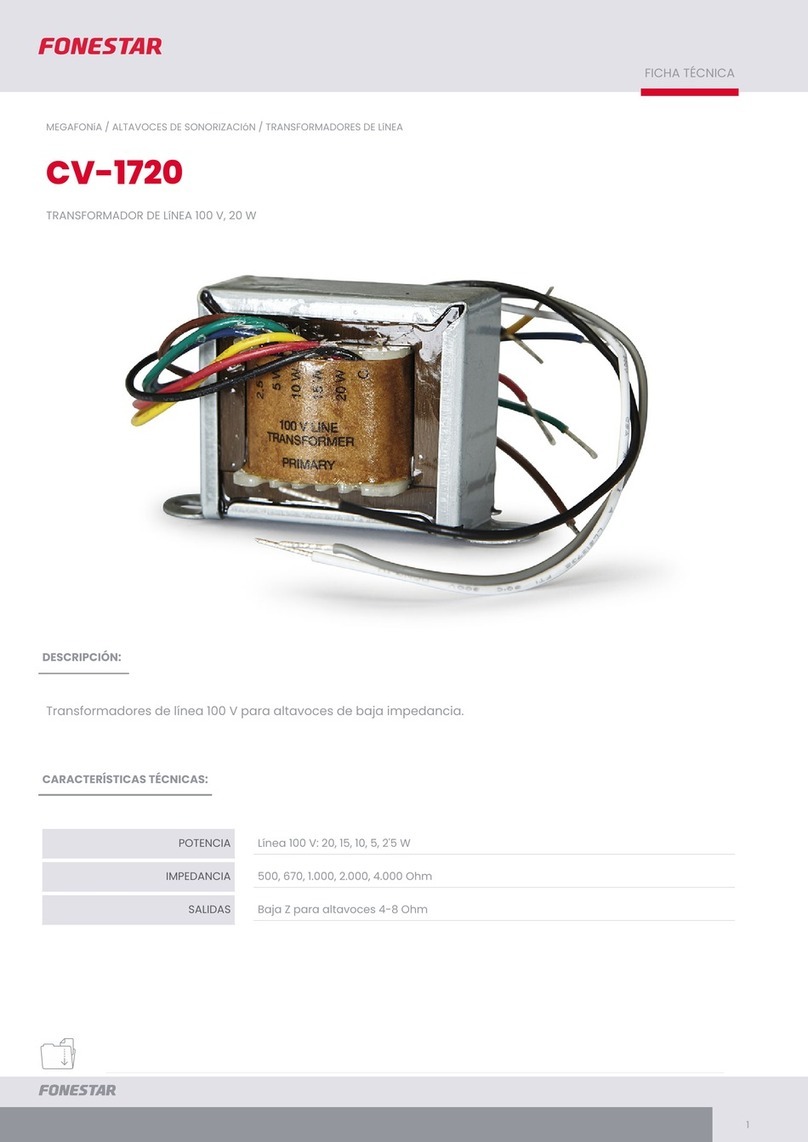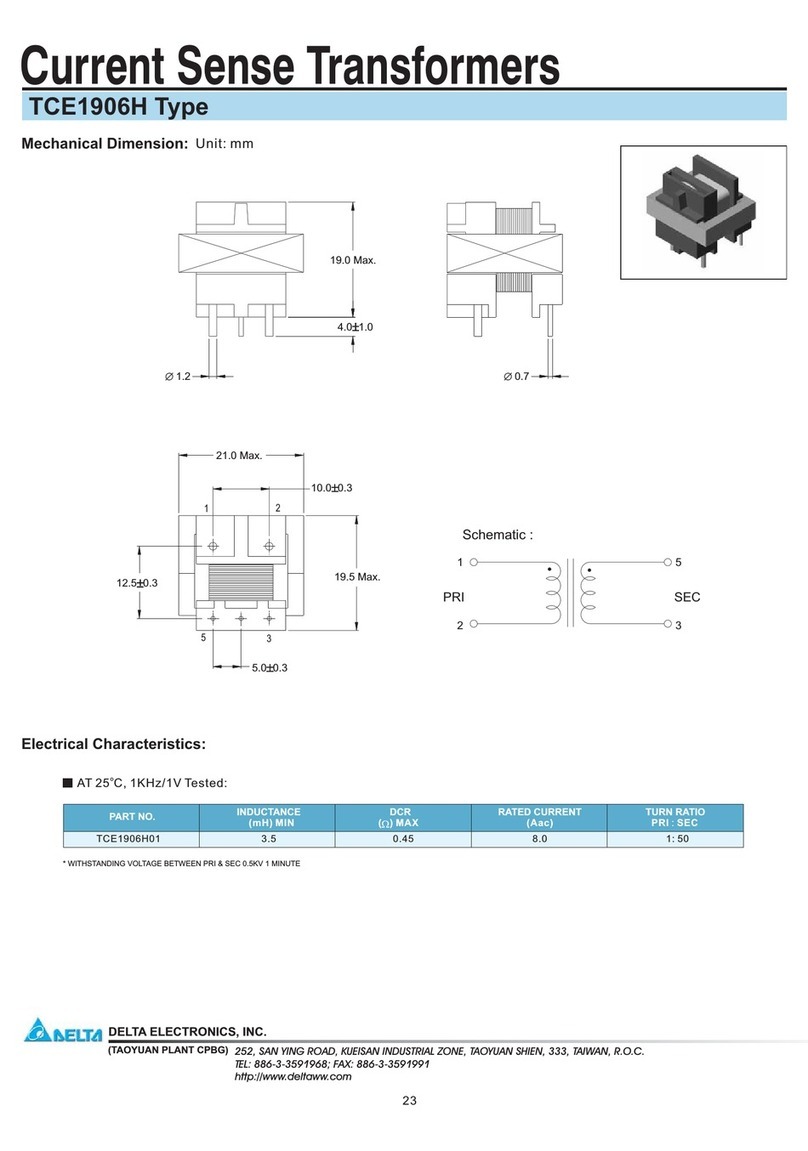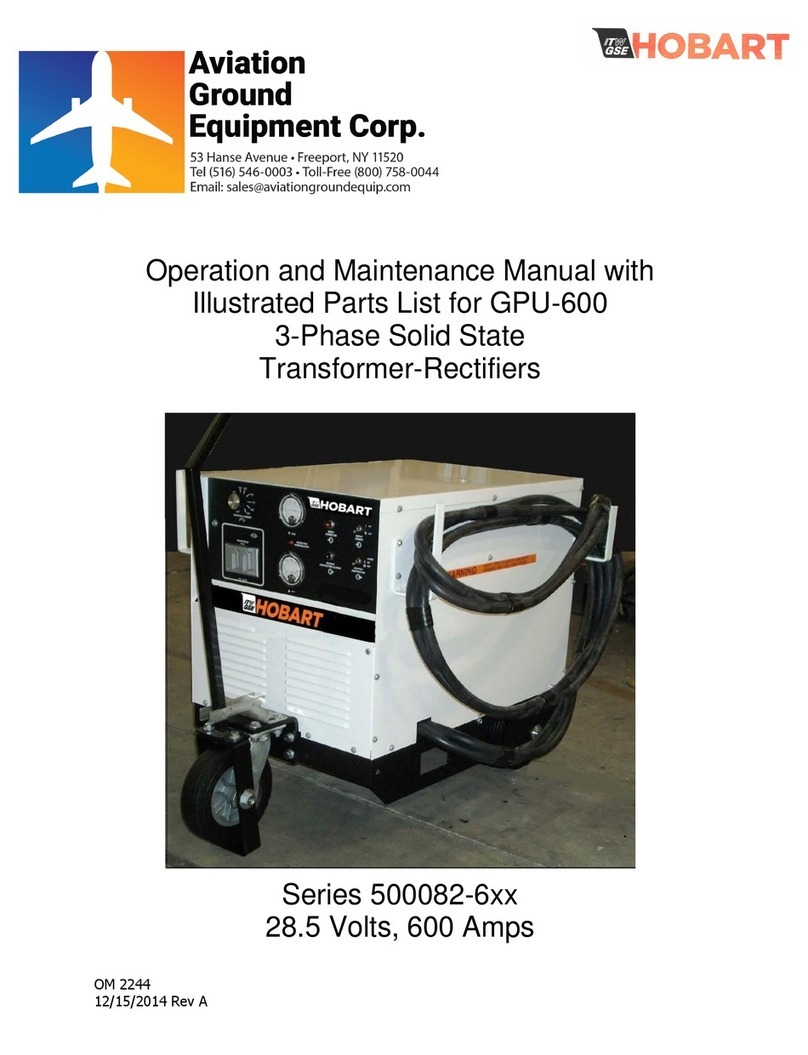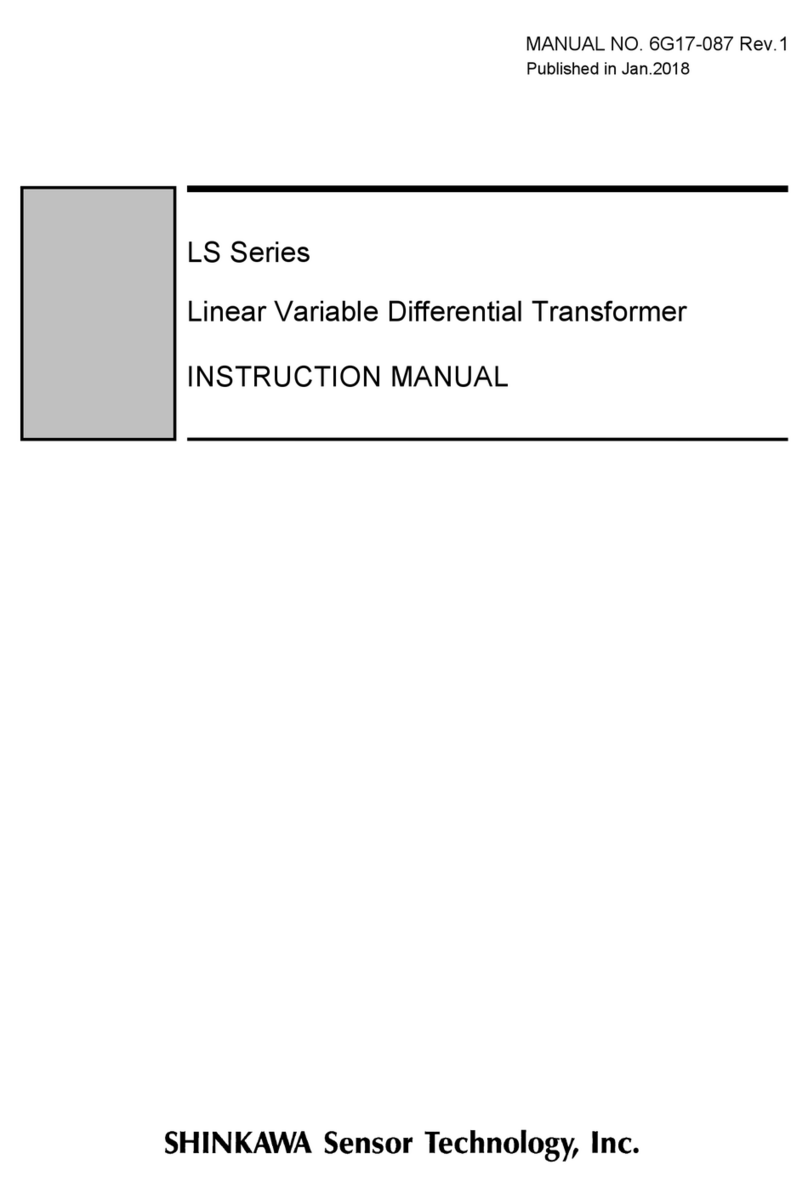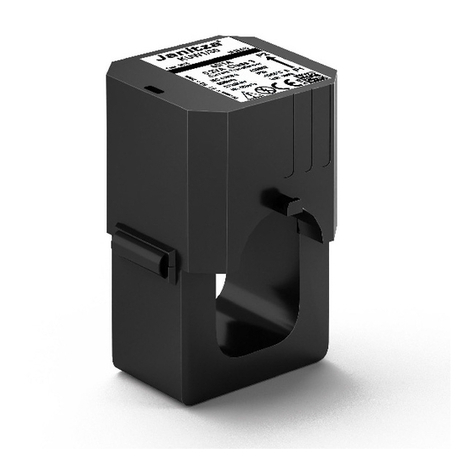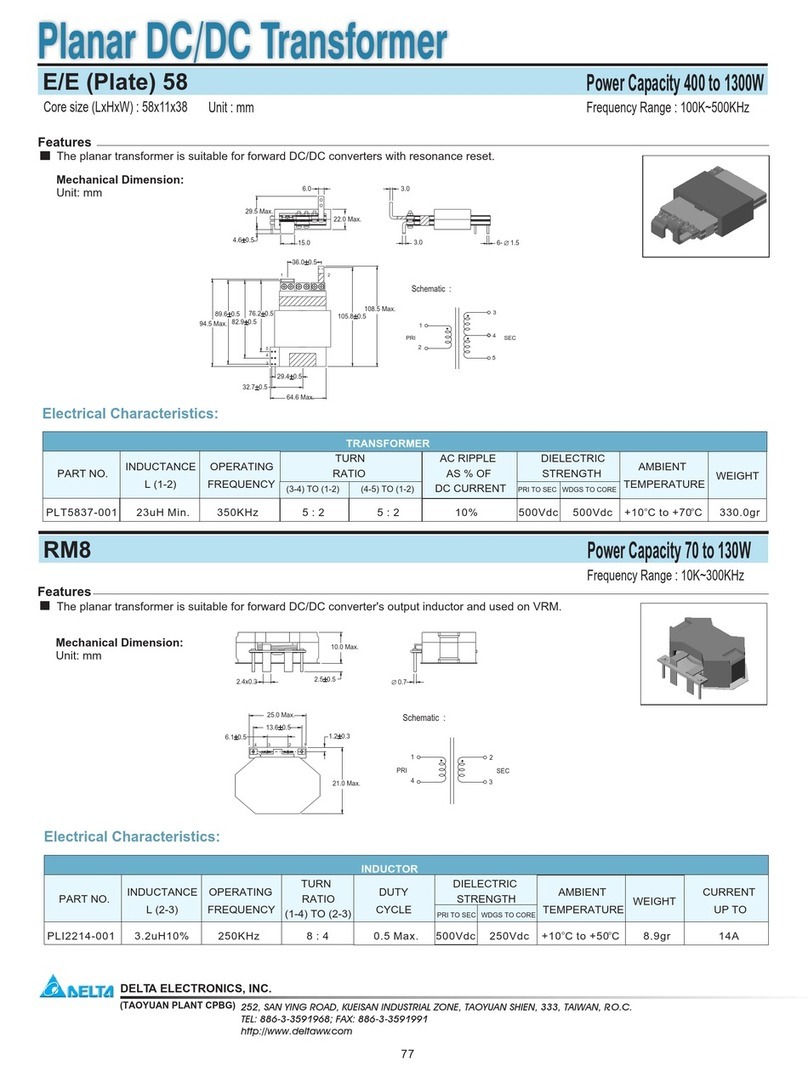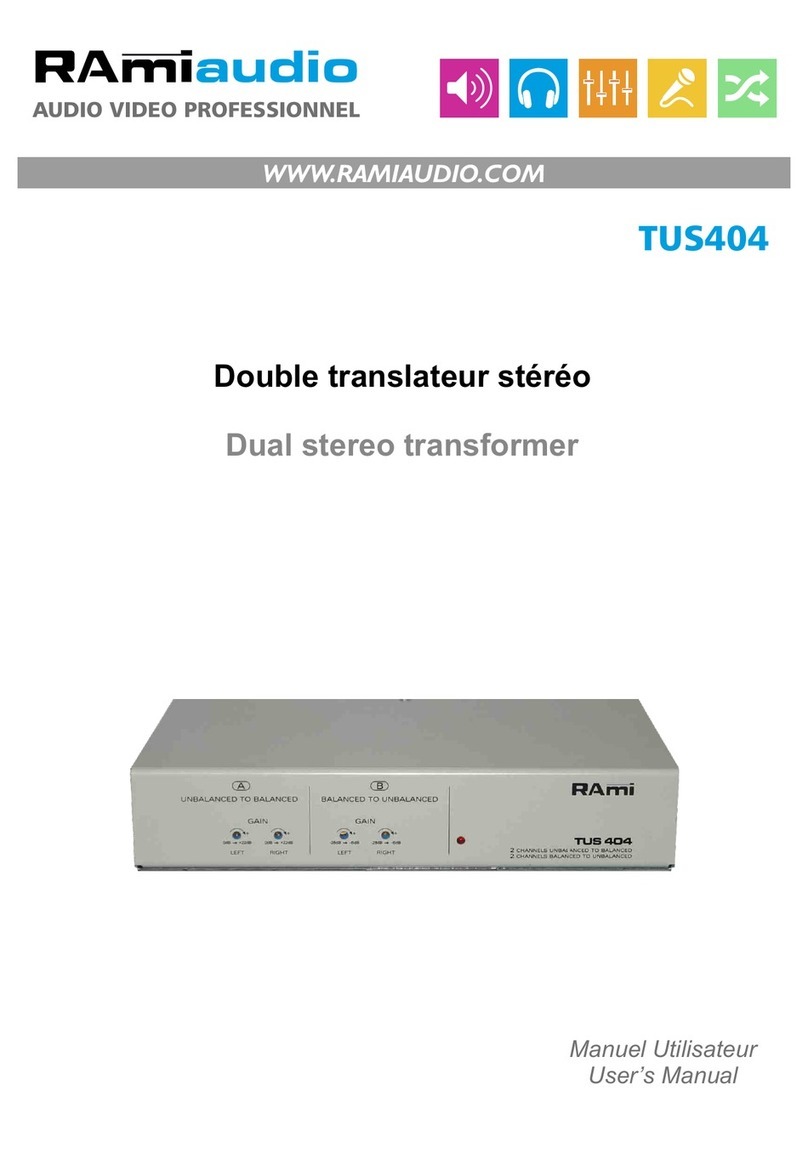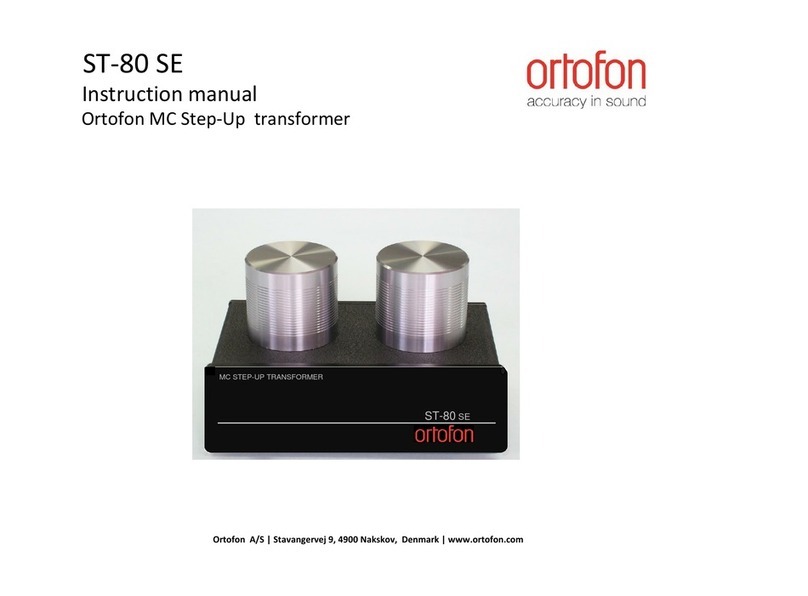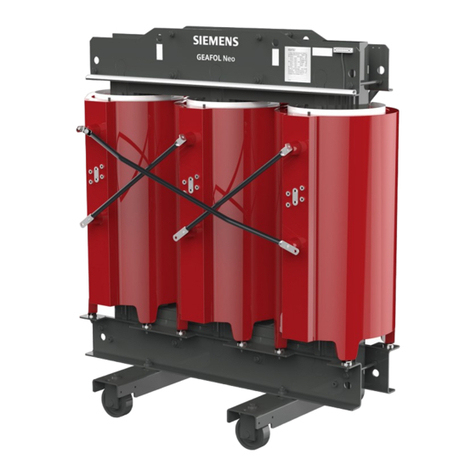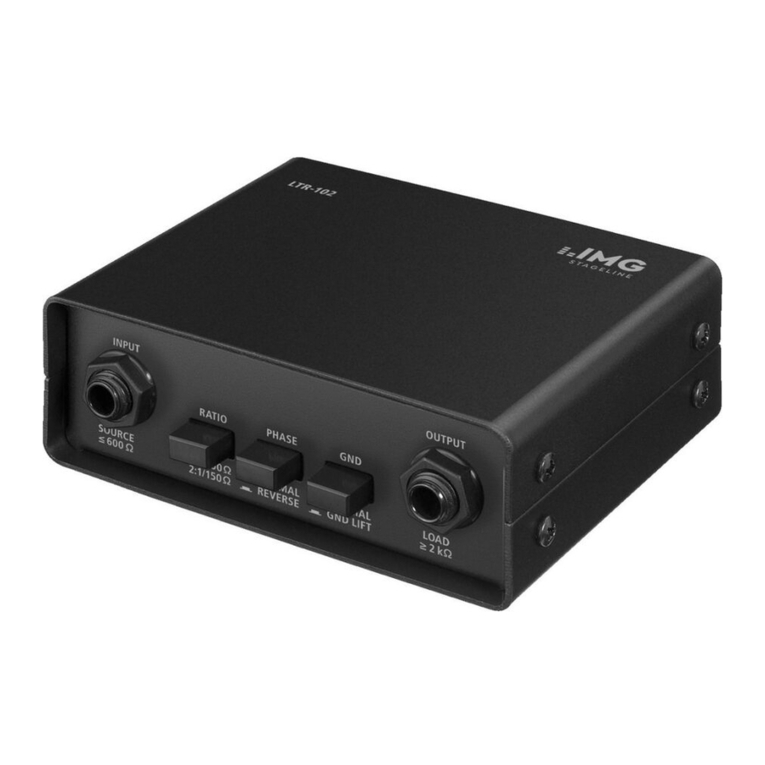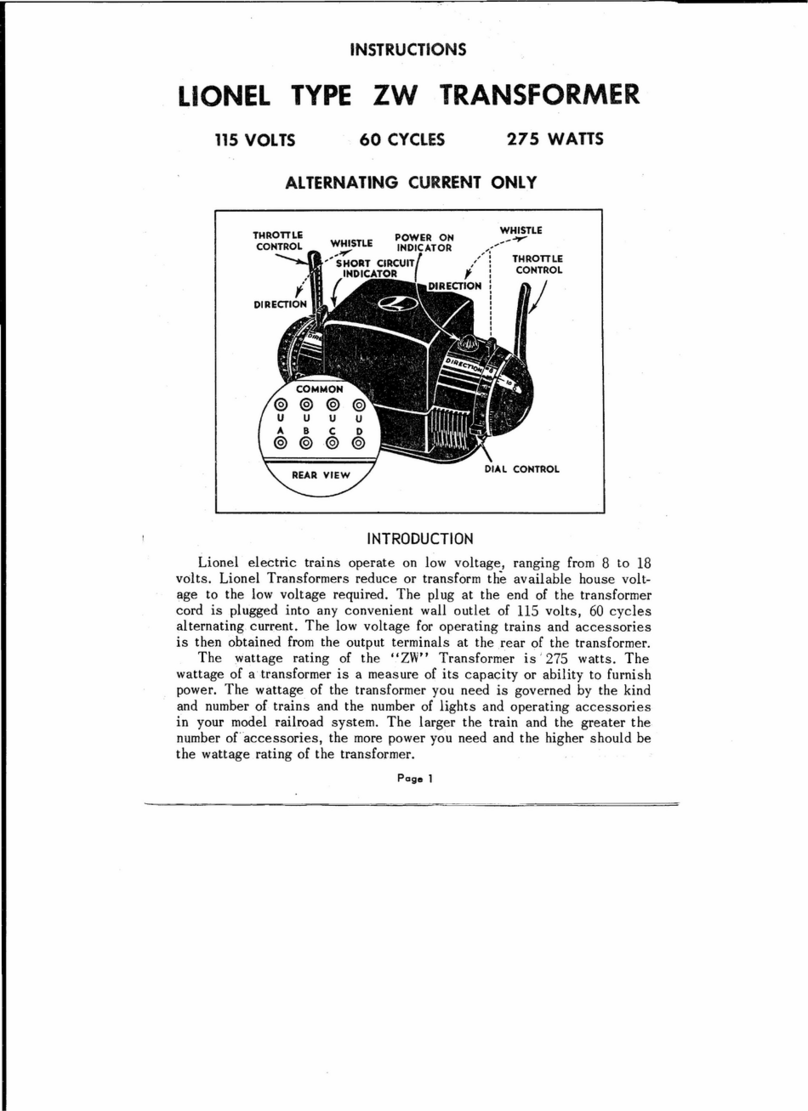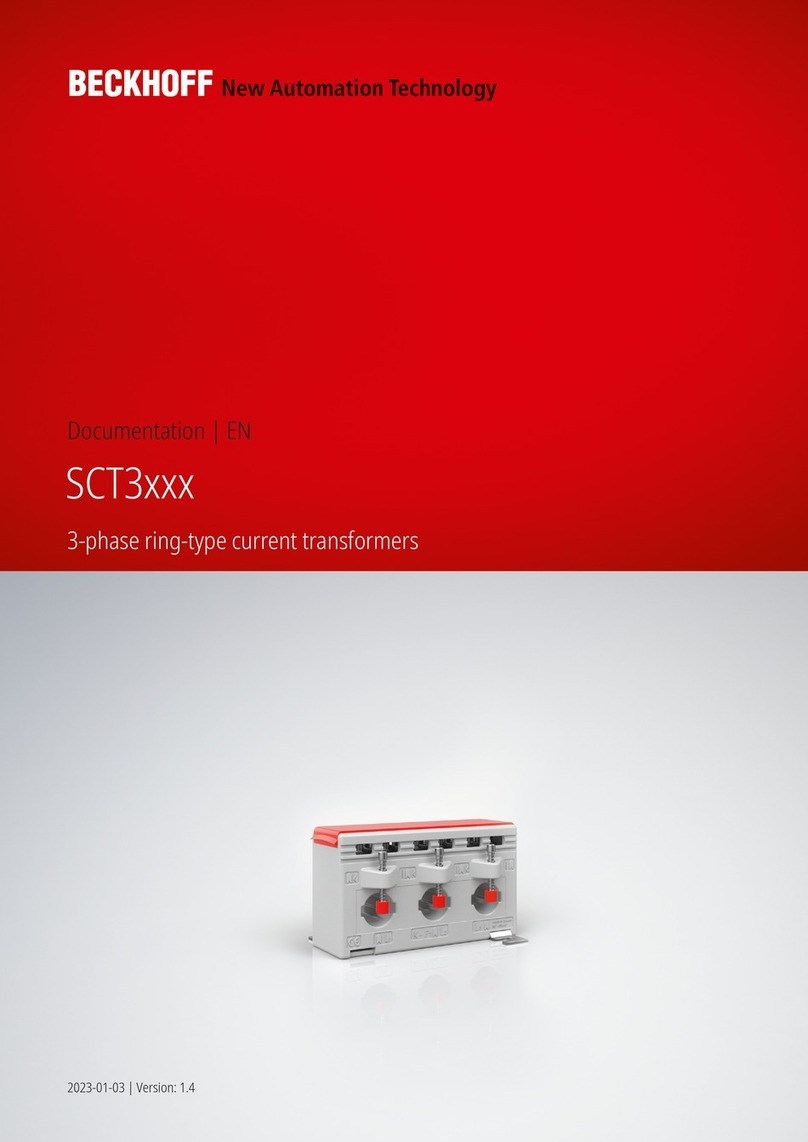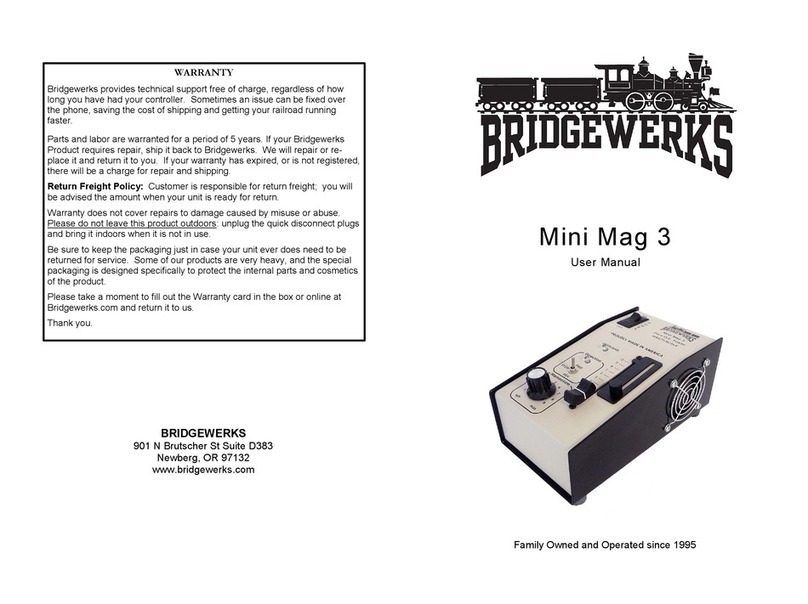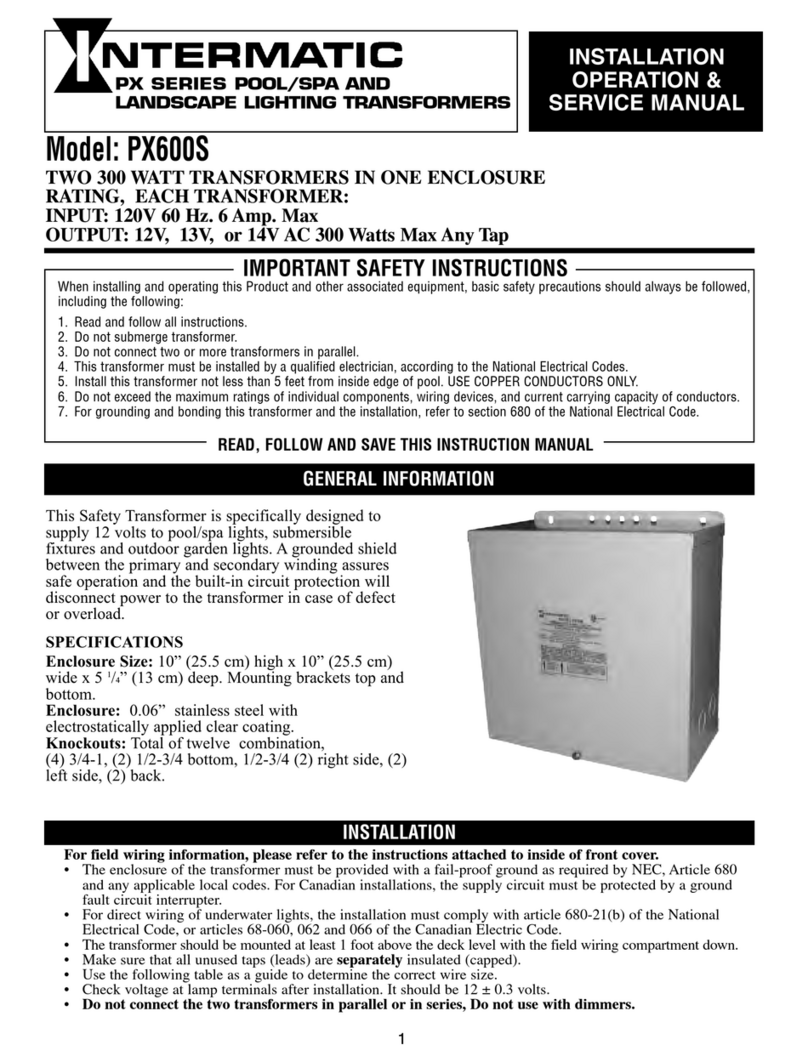
No.4 Business Building-2707, China Central Place
Chaoyang District, Beijing-100021, China
北 京 大 林 绿 源 环 保 科 技 有 限 公 司
BEIJING DAELIM GREEN EP TECH CO., LTD.
6.
Switching and Protection Devices.............................................................................................................................20
6.1
Tap Changers.......................................................................................................................................................20
6.2
Load Break Oil-Immersed Rotary Switches (LBOR).......................................................................................21
Two-Position LBOR Switch........................................................................................................................ 21
Four-Position LBOR Switch “Sectionalizing Switch”...............................................................................22
6.3
Dual Voltage Switch.............................................................................................................................................23
6.4
Delta-Wye Switch.................................................................................................................................................24
6.5
Surge Arresters.................................................................................................................................................... 25
Dead front Surge Arresters.........................................................................................................................25
Live front Surge Arresters...........................................................................................................................26
6.6
Fusing.................................................................................................................................................................... 27
Bay-O-Net Fuses......................................................................................................................................... 27
Bay-O-Net fuse replacement instruction (Fig. 17 B)...............................................................................................28
Dry-Well Canister Fuses............................................................................................................................. 28
Non-Loadbreak Dry-Well Canister Fuse replacement instruction (Fig. 18 B)..................................................... 29
Loadbreak Dry-Well Canister Fuse replacement instruction (Fig. 18 B)..............................................................29
7.
Dielectric Fluid............................................................................................................................................................. 30
7.1
Type II Mineral Oil................................................................................................................................................ 30
7.2
High Fire PointDielectric fluid............................................................................................................................ 30
8.
Factory Testing............................................................................................................................................................31
8.1
Routine Tests........................................................................................................................................................31
Ratio...............................................................................................................................................................31
Winding Resistance.....................................................................................................................................31
No Load andExcitation Current.................................................................................................................31
Load Losses and Impedance Voltage.......................................................................................................31
Dielectric Strength....................................................................................................................................... 32
8.2
S
p
ecial
/
D
esig
n
T
es
t
s
...............................................................................................................................................
32
Insulation Power Factor(Tan δ).................................................................................................................32
Insulation Resistance.................................................................................................................................. 32
Temperature Rise........................................................................................................................................ 32
Lightning Impulse.........................................................................................................................................32
Audible Sound Level....................................................................................................................................33
9.
Maintenance................................................................................................................................................................ 33
9.1
Spare Parts........................................................................................................................................................... 33

